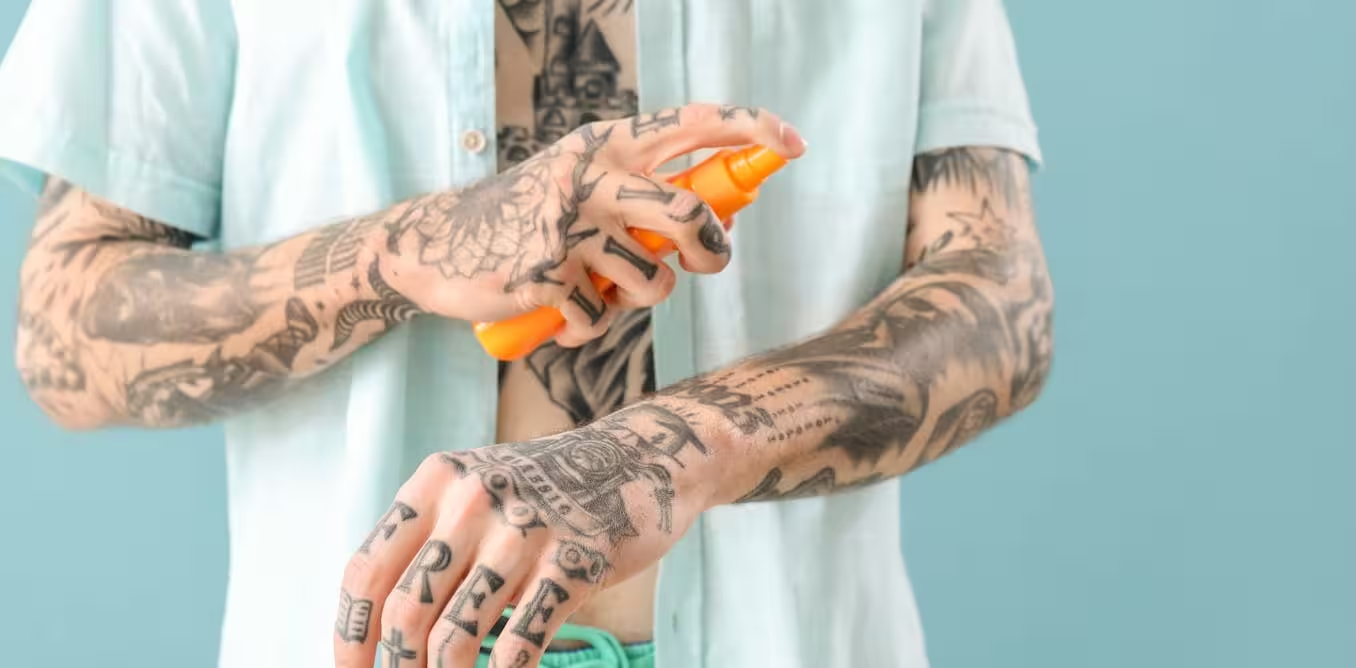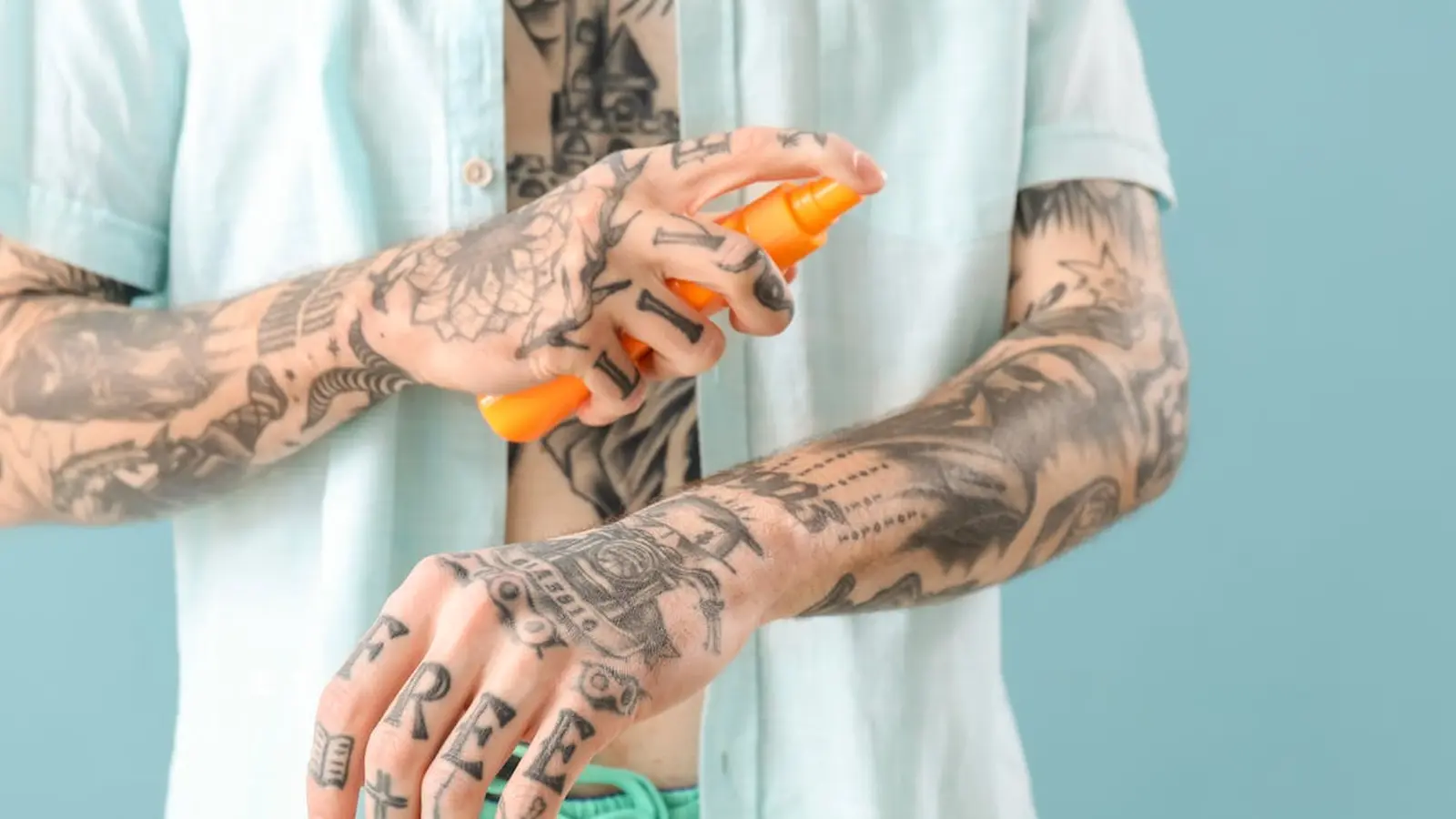3 Minutes
Tattoos are part of everyday life for millions, but could body art carry a hidden health cost? Recent epidemiological research flags a possible association between tattoos and melanoma, yet scientists stress that one study cannot prove causation. Here’s an accessible look at the evidence, the science behind ink and UV interactions, and what people with tattoos should keep in mind.
What the study found — and what it didn’t
Researchers observed a statistical signal suggesting tattoos may be linked to an increased incidence of melanoma in some groups. That finding raises important questions but stops short of demonstrating a direct cause-and-effect relationship. Epidemiological studies can show correlations; establishing causation requires repeated results, mechanistic data and careful control for lifestyle factors such as sun exposure and skin type.
How tattoo ink and sunlight might interact
Tattoo pigments are chemically diverse. Some pigments can degrade under ultraviolet (UV) light or during laser removal, breaking down into by-products that may be biologically active. Chronic local inflammation from the tattooing process or from persistent pigment particles in the skin is another plausible pathway researchers want to explore. In short: there are biologically plausible mechanisms, but they need rigorous laboratory and clinical confirmation.

Practical advice for people with tattoos
- Don’t panic: current evidence is inconclusive.
- Protect tattooed skin from UV radiation—use broad-spectrum sunscreen and avoid excessive sunbathing.
- Check your skin regularly for new or changing moles, and consult a dermatologist if you notice anything unusual.
Why this matters for public health
With tattoos now common worldwide, experts call for better data collection in health records and long-term monitoring of tattooed populations. Improved tracking of ink composition, tattoo age, colour and removal history will make future studies stronger and more informative. "Tattoos are increasingly common, and we need robust long-term data to understand any health consequences," says Christel Nielsen, Associate Professor of Epidemiology at Lund University.
Continued research into ink chemistry, UV interactions and inflammatory responses will help people make informed choices about their bodies, art and health.
Source: sciencealert


Leave a Comment